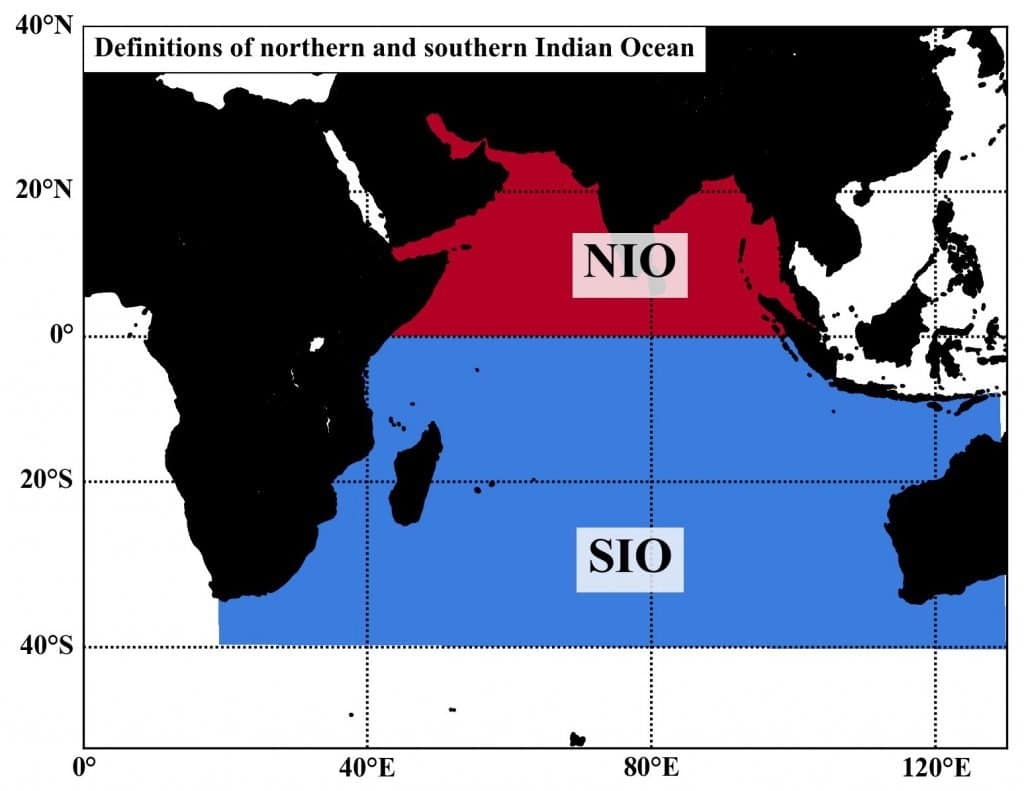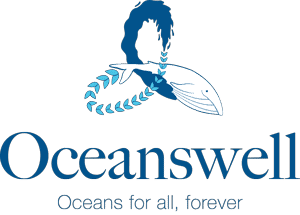Written by Hafsa Jamel
Picture this. You are perched on a cliff above a bay that overlooks a white sandy beach, azure waters lapping gently against the shoreline. The sky, an enchanting blue, blends into the ocean almost seamlessly at the horizon. A scattering of cotton candy clouds moves across the sky, shading you from the scorching sun. A wind picks up, it whips around you as you close your eyes while inhaling the salt that drifts on the breeze. You open your eyes and look towards the water to see the waves bringing in gaudy colours, unnatural against the picture-postcard view that once was. Pieces, fragments of things once loved, left to the mercy of the ocean now form a heap at the shoreline.

Plastics: they wrap our products, they make up our products, and we are surrounded by them! At this moment, how many things surround you that are made out of plastic? It is not surprising that because of its cost-effectiveness and convenience, plastics are used worldwide with global production exceeding 300 million tonnes (think approximately 60 million asian elephants!) annually since 2014 (Lebreton et al., 2017). Plastics make their way into our oceans through a variety of pathways including river and atmospheric (wind) transport, beach littering and dumping directly into the sea via aquaculture, shipping and fishing activities (Lebreton et al., 2017). Once in the water, the particles hitchhike on waves and currents and get transported to coastlines near and far.
Dr. Mirjam van der Mheen is a postdoctoral researcher at the University of Western Australia, and plastics in the Indian Ocean piqued her interest. As I was casually combing through new oceanographic literature for work (as one does of course), her research piqued my interest because Sri Lanka had been listed as one of the top 15 countries most affected by beaching plastics released from river sources in the Northern Indian Ocean (van der Mheen et al., 2020). However, as grim as the story sounds, Dr. Mirjam’s research is an entry point to explore possible ways of combating the problem. To understand the science behind particle tracking models and how plastics affect Sri Lanka’s coastlines, I reached out to Dr. van der Mheen to ask her a few questions about her research.
I have met quite a few people who always knew that they wanted to be ocean scientists, but this was not the case for me. I always loved nature though; I grew up in Zimbabwe and spent a lot of time in nature parks as a kid, which helped me develop huge respect and love for the environment from an early age. I also remember my father telling me about Einstein’s twin paradox, a thought experiment in relativity theory, as a young girl, which made me very curious to keep exploring how the world works.
After finishing school in the Netherlands, I decided to study physics, initially with the idea to specialise in astrophysics. However, when I completed my undergraduate studies, I realised that although astrophysics inspired me, I wanted to study something closer, something that I could see first-hand. This realisation led me to an MSc in physical oceanography.
After completing my Masters, I worked for a Dutch institute that advised the government and other clients on a variety of water-related issues. Although the projects I worked on were interesting and relevant, three years down and I started to miss academic research. Around the same time, a friend told me about the Ocean Cleanup Foundation, which at the time was a small start-up trying to tackle ocean plastic pollution in a new way. I volunteered with them alongside my job and became very interested in the type of research they were doing. Not long after that, I quit my job and moved to Perth to do my own PhD research on ocean plastic pollution. I decided to focus on plastic waste in the Indian Ocean, both because the Indian Ocean is right at my doorstep and because so little research seemed to focus on this ocean basin.
A particle-tracking model is a computer model that tracks the locations of virtual “particles” over time as they drift in the ocean. Essentially, we create a simulation that is as realistic as possible by including current (pun intended) information about currents, wave action, circulation patterns, and anything else that might influence the movement of a particle in the ocean. We then try to mimic the particles in the ocean based on the characteristics we are interested in (for example; how buoyant an object is) and look at how physical variables such as wind and wave conditions on a given day might move the particles around.
Particle tracking simulations are used for a lot of different purposes, and virtual particles can represent almost anything. For example, particle tracking simulations can be used to: determine the exchange of fish larvae between different fisheries; predict the spread of an oil spill; or assist in search and rescue operations at sea. In my research, I use particle tracking models to simulate how plastic waste moves in the ocean and to determine where it might eventually end up.
The basic principle behind particle tracking models is relatively simple: If you know the speed and direction (velocity) that a particle is travelling at, you can determine its location after a certain time (distance travelled = velocity x time travelled). Largely, virtual particles are assumed to drift at the same speed and in the same direction as the ocean surface currents. Imagine, if the currents are moving at 5 km/ph from north to south, we expect that the particles will also move at that speed in that direction. Of course, as you increase the number of variables – things get a bit more complicated, like if the item that you are modelling is very floaty (for example, a plastic bottle filled with air), then the wind and waves can also influence where the item might go and how fast.
Another important consideration for a particle tracking model is when and where to “release” virtual particles into the simulation. For example, for an oil spill, this would be the location and time when oil first started to leak, and for a search and rescue operation, this might be the last known time and location of a person or boat at sea. However, in the case of ocean plastic pollution, the exact time, location, and amount of plastic entering the ocean are often unknown.

In the northern Indian Ocean (Figure 2), the wind and ocean surface currents are heavily influenced by the monsoon system. During the southwest monsoon season (June, July, August), the wind above the northern Indian Ocean mostly blows from the southwest. During the northeast monsoon season (December, January, February), the wind changes direction and blows mostly from the northeast. As the wind changes direction with each monsoon season, the major ocean surface currents in the northern Indian Ocean change direction too. This is unique to this ocean basin: nowhere else in the world do major ocean surface currents change direction like this!
As you can imagine, this has consequences for the transport of plastic waste in the northern Indian Ocean: depending on the season, plastic moves back and forth between the Arabian Sea and the Bay of Bengal. As it does so, it frequently comes close to coastlines, and so there is a high likelihood of plastics “beaching” or ending up on coastlines. In our particle tracking simulations (van der Mheen et al., 2020), all particles (representing plastic waste) ended up on coastlines throughout the northern Indian Ocean. Because islands like Sri Lanka and the Maldives are in the pathway of the reversing Southwest- and Northeast Monsoon Current, our model shows that it is likely they will be particularly heavily affected by beaching plastic waste.
In our paper about beaching plastics in the Indian Ocean (van der Mheen et al., 2020), we considered plastic waste from rivers based on a previous study by Lebreton et al. (2017). In their paper, they estimated the amount of plastic waste entering the ocean from rivers based on the watershed area of each river, the population density in that area, the percentage of mismanaged plastic waste and any available measurements of plastic in rivers. Based on this estimate, the largest sources of plastic waste in the Indian Ocean were from several rivers surrounding the Bay of Bengal: the Ganges (India, Bangladesh); the Brantas, Solo, Serayu, and Progo (Indonesia); the Irrawaddy (Myanmar); and the Mekong (Thailand, Cambodia, Laos, China, Myanmar, Vietnam).
Meijer et al. (2021) recently published an updated estimate of the amount of plastic waste entering the ocean from rivers. The contribution from Indonesian rivers was much smaller in this estimate than in the previous estimate highlighting the uncertainty about how much plastic waste actually enters the ocean. This is mainly because there are not enough measurements but also because there are so many possible sources of ocean plastic pollution. It is relatively straightforward to measure how much plastic enters the ocean from a river mouth. But it is much more difficult to determine how much plastic waste enters the ocean directly from beaches, coastal cities, or from boats.
Plastic waste washes up on many remote islands. Often this waste comes from distant, non-local sources. Tracking plastics (for example, by using particle tracking simulations) makes it possible to identify these sources. So, if we can, for example, determine that small island community ‘A’ receives a lot of plastic waste from country ‘B’, then ‘A’ and ‘B’ can work together to stop plastic waste from entering the ocean from country B in the first place.
The Bottom Line
All in all, plastics have the capacity to endanger species and destabilise ecosystems. Marine plastic acts like an invasive species that demands coordinated efforts from the state and relevant stakeholders to eradicate the problem. However, to eradicate a problem, we must first find the root cause, whether it be from rivers, canals, waste waterways, starting from you and me, all those plastics we named that currently surrounds us, and the corporations that produced them. Secondly, we need to tackle the plastics that are already in the ocean. However, what we know now is that tracking plastics is a continuous and ongoing effort that requires updated data to work with. After all, the more we know, the more likely it is to coordinate efforts to combat the growing problem.
This is a multifaceted global problem that calls for innovative, creative and effective solutions. Solutions such as sanctioning large corporations that bring plastic to life, fining polluters, coordinating clean up efforts and encouraging sustainable consumerism can definitely benefit from more research just like Dr. Mirjam’s, which monitors and visualises the intensity of beaching plastics.
References
Lebreton, L., van der Zwet, J., Damsteeg, J., Slat, B., Andrady, A., & Reisser, J. (2017). River plastic emissions to the world’s oceans. Nature Communications, 8(1). https://doi.org/10.1038/ncomms15611
Meijer, L., van Emmerik, T., van der Ent, R., Schmidt, C., & Lebreton, L. (2021). More than 1000 rivers account for 80% of global riverine plastic emissions into the ocean. Science Advances, 7(18), eaaz5803. https://doi.org/10.1126/sciadv.aaz5803
van der Mheen, M., van Sebille, E., & Pattiaratchi, C. (2020). Beaching patterns of plastic debris along the Indian Ocean rim. Ocean Science, 16(5), 1317-1336. https://doi.org/10.5194/os-16-1317-2020

